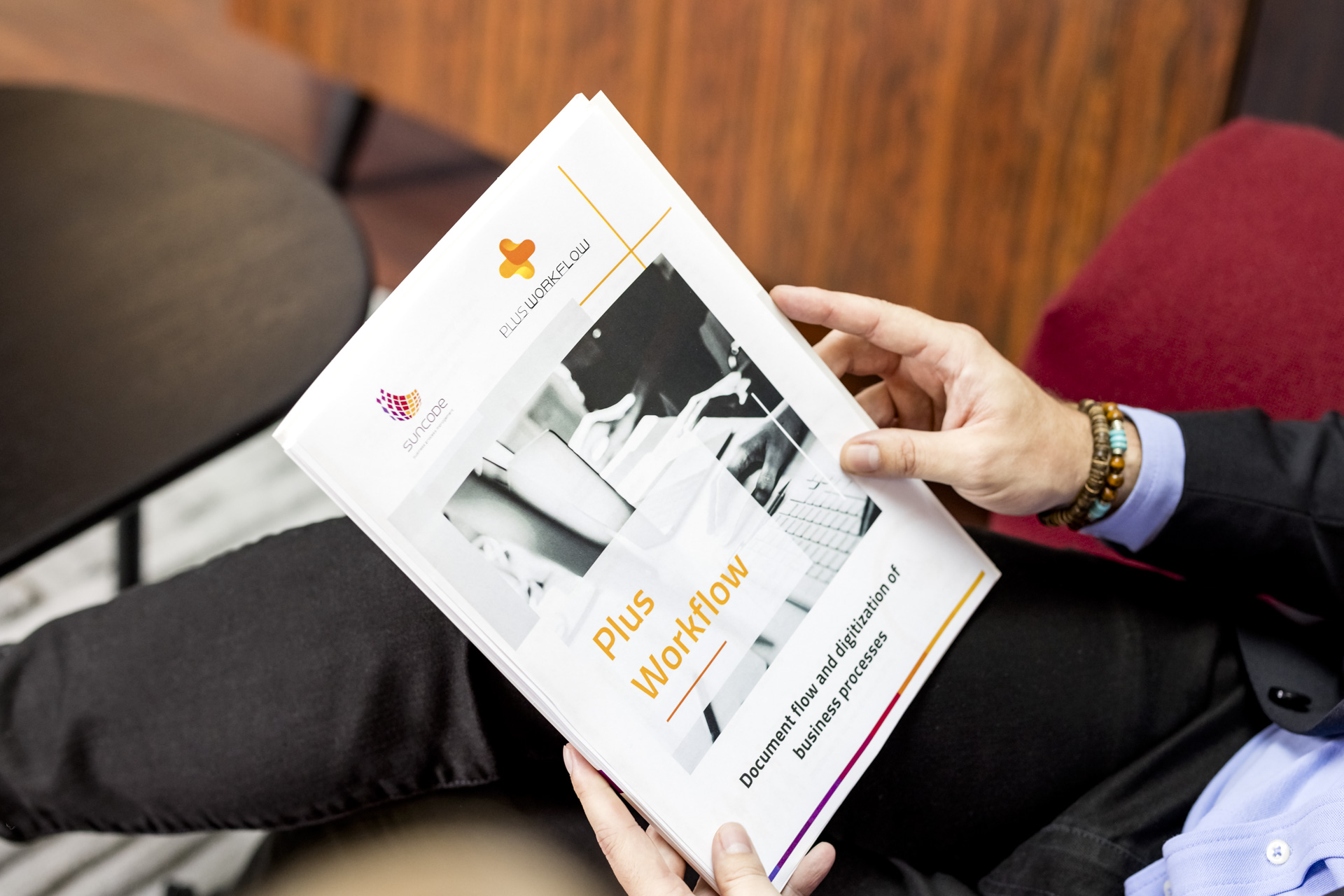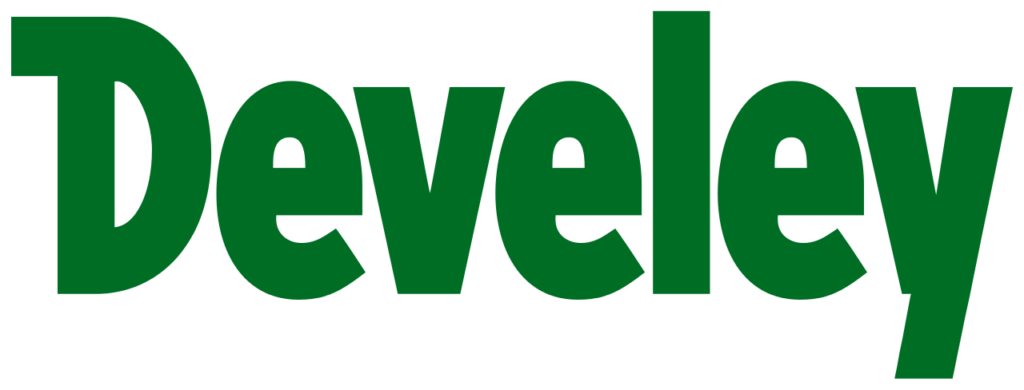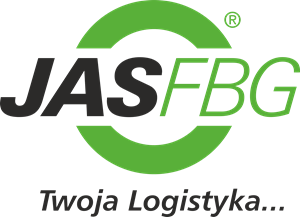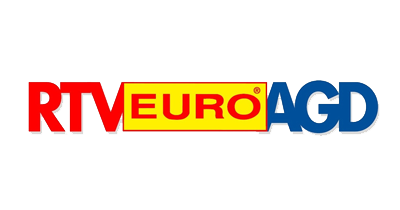Plus Workflow a low-code type platform


We live in times of a dynamically changing environment, in which constant development and flexibility are pivotal. The COVID-19 pandemic forced entrepreneurs to take quick steps towards digital transformation, and thus the implementation of modern IT systems aimed at optimizing and automating business processes. As a result, low-code and no-code solutions, which open the door towards digitization without the necessity to involve specialists with advanced programming knowledge, are gaining popularity.
According to research by Gartner, by 2024, low-code solutions will be responsible for as much as 65% of activities related to the development of applications in enterprises.
What is Low-Code?
Low-Code Development Platform (LCDP) is a set of tools for programmers and users without advanced programming knowledge. Their task is to enable quick modeling and launching of new applications or business processes in the enterprise using a graphical, transparent interface while minimizing the workload associated with manual coding. It is performed with the usage of the Drag & Drop or point-and-click mechanism. Low-code enables flexible and independent modeling and launching new processes/applications in a short time. Moreover, it enables minimizing costs related to writing a code by experienced programmers.
Benefits of implementing Low-Code solutions
Entrepreneurs notice the tangible benefits of implementing Low-Code solutions, including:
- The ability to independently launch documents flow within the organization;
- The ability to design any form using the Drag & Drop functionality;
- Creating new processes independently, which reduces the costs related to engaging IT specialists;
- Reducing the risk of logical errors when modeling new processes;
- The ability to integrate with external systems and databases;
- Optimization, automation, and digitization of the company’s business processes;
- Improving the performance of critical areas of the organization’s operations.
A low-code tool in the Plus Workflow system
The Plus Workflow is a solution for the management of a company’s business processes and documents. It is equipped with modules that improve the work with the system and minimize the costs of the processes. Moreover, the Plus Workflow system has a built-in graphic studio of business processes modeling, Plus Workflow Editor, which enables individual modeling and launching of new business processes. All of that with the usage of one of the most popular model standards, Business Process Model and Notation (BPMN). Thanks to this tool, it is possible to easily configure and run your own document workflow without the need for programming.
The user who is the author of the process can analyze and visualize the process on his/her own. The user also decides about the process course, performers, or the information flow. Using the Drag & Drop functionality, the author may model the look of the process and task form.


Additionally, the Plus Workflow Editor enables form visualization and simulation of work in the form before its implementation on production. The editor validates the configuration before making it available to users. Modeling is quick and easy. What is more, it can be performed by anyone, without the need to involve specialists from IT departments.
Low-code solutions are becoming more and more popular among entrepreneurs, as they enable the quick launch of new processes with low work and time expenditure. The functions of the Plus Workflow low-code platform reduce the risk of logical errors when creating and modifying processes. It also significantly improves the management of business processes in an organization.
If you want to learn more about the possibilities of the Plus Workflow system, do not hesitate, contact us by email (sales@suncode.pl) or by phone (+ 48 (61) 8200-449, ext. 100).

























